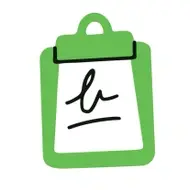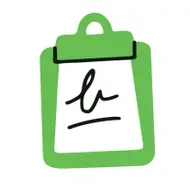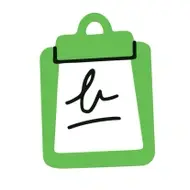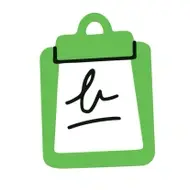How to Reduce Bias in Hiring
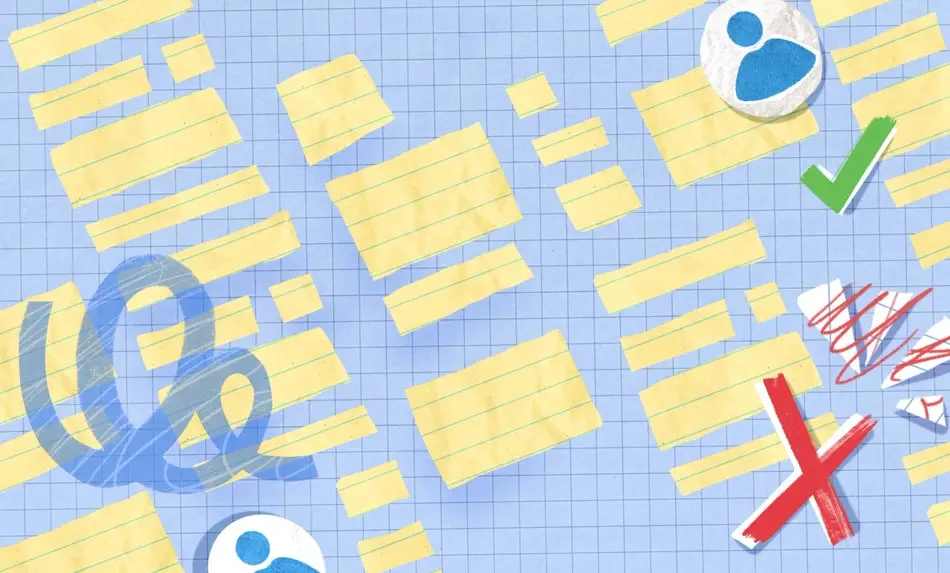
Reducing bias in hiring is essential to building a fair and inclusive workplace, but eliminating it entirely can be challenging. By understanding the different types of bias—known and implicit—organizations can take meaningful steps to minimize bias in the hiring process.
Here are some resources and best practices help you raise awareness and actively reduce bias in hiring. From identifying implicit biases that subtly shape judgments to creating structured processes that limit their impact, these strategies offer actionable ways to create a more equitable recruitment process.
The two types of bias
There are two kinds of bias:
- Known bias, which are the attitudes or stereotypes that affect our understanding, actions, and decisions in a conscious way.
- Implicit bias, which refers to the attitudes or stereotypes that affect our understanding, actions, and decisions in an unconscious manner. The Kirwan Institute for the Study of Race and Ethnicity at The Ohio State University notes that implicit biases “encompass both favorable and unfavorable assessments and are activated involuntarily without an individual’s awareness or intentional control.”
Implicit biases shape our judgment and can lead us to make decisions in favor of a person or group of people even when we may not be aware we are doing so. In the workplace, implicit bias can influence who is considered for promotion or hire. As Iris Bohnet, Albert Pratt Professor of Business and Government and co-director of the Women and Public Policy Program at the Harvard Kennedy School, shared with the Harvard Business Review, “left unchecked, biases can also shape a company or industry’s culture and norms.”
Confronting bias at your organization requires a reexamination of practices and procedures—here is a summarized list of dos and don’ts to help you get started.
How to reduce bias in hiring
Do's
- Experiment with the wording of job listings by removing language with gender associations. Research shows that "masculine" language, including adjectives like “competitive” and “determined,” result in women “perceiving that they would not belong in the work environment.” On the other hand, words like “collaborative” and “cooperative” tend to draw more women than men.
- Ask candidates to submit a work sample or take a skills test. These can be helpful tools to compare applicants, and can serve as an effective predictor of future job performance (as opposed to solely reviewing prior experience). When using Idealist's Applicant Tracker, hiring managers have the option to ask that candidates answer specific questions relating to the role before submitting their application.
Don'ts
- Don't engage in unstructured interviews. Instead, standardize the interview process by asking all candidates the same set of questions.
- Don't allow surface demographic characteristics to affect your screening process. Hide names, birth dates, and other demographic information while reviewing resumes or other application materials.
Additionally, The National Center for Women & Information Technology (NCWIT), a nonprofit focused on women’s participation in technology, put together this checklist for reducing unconscious bias. Additionally, consider what else you may decide to leave out of your next job listing to welcome additional, qualified candidates to apply.
These are just a few resources and steps to get you started. Taking on implicit bias at your organization in a meaningful way involves looking closely at your practices, culture, and commitment to making change.
Examining hiring practices, specifically, is an important place to begin, and we hope these tools are useful to you. If you’re interested in taking a look at your own personal implicit biases, try Project Implicit's online Implicit Associations Test.
- *
Looking for additional Inclusive Hiring resources? Check out our toolkit for more tips and strategies!



